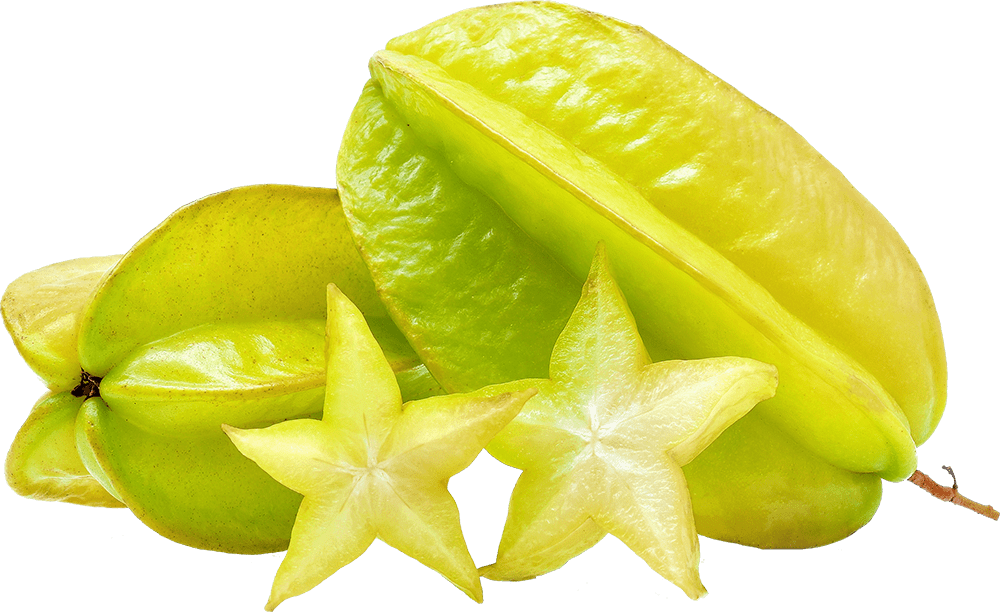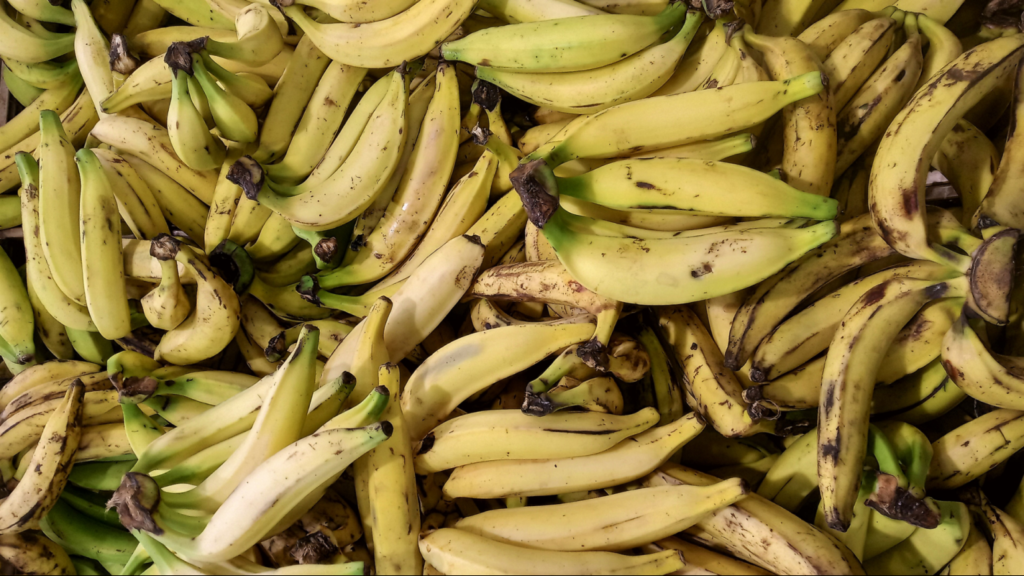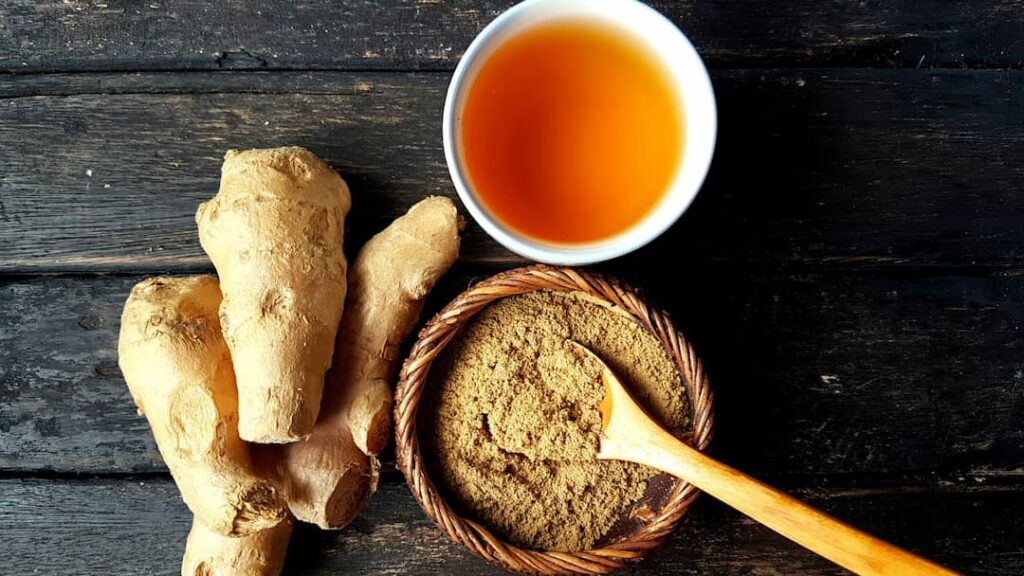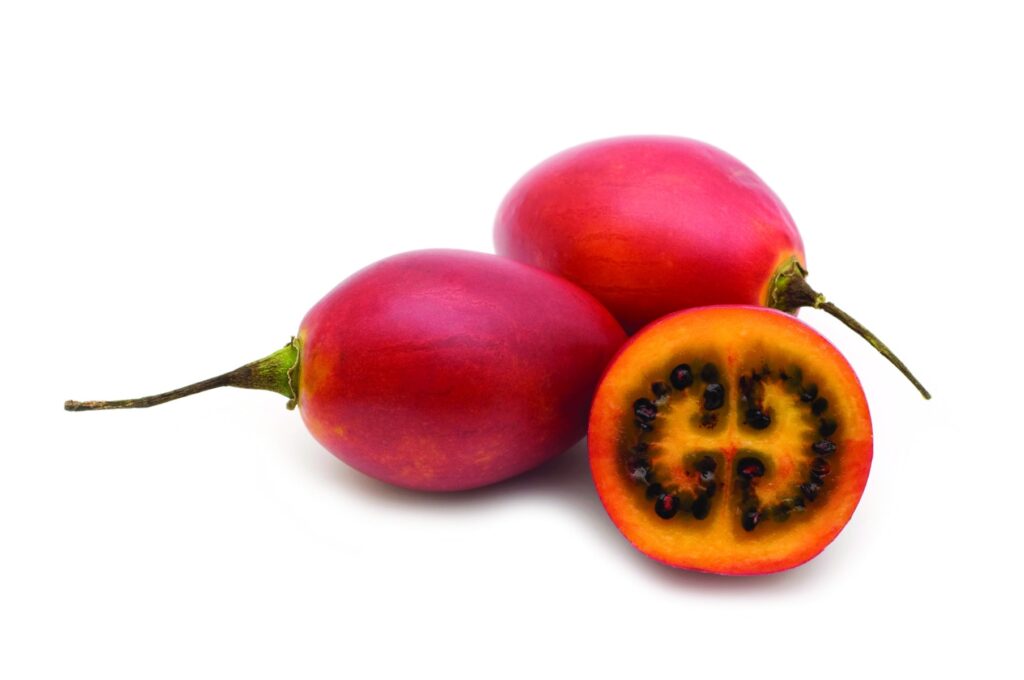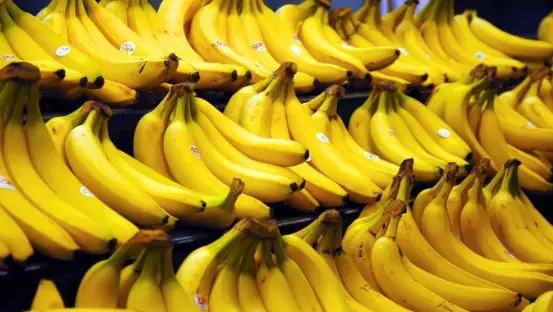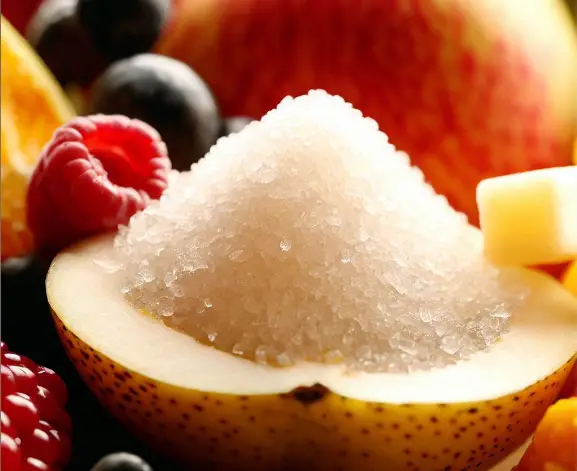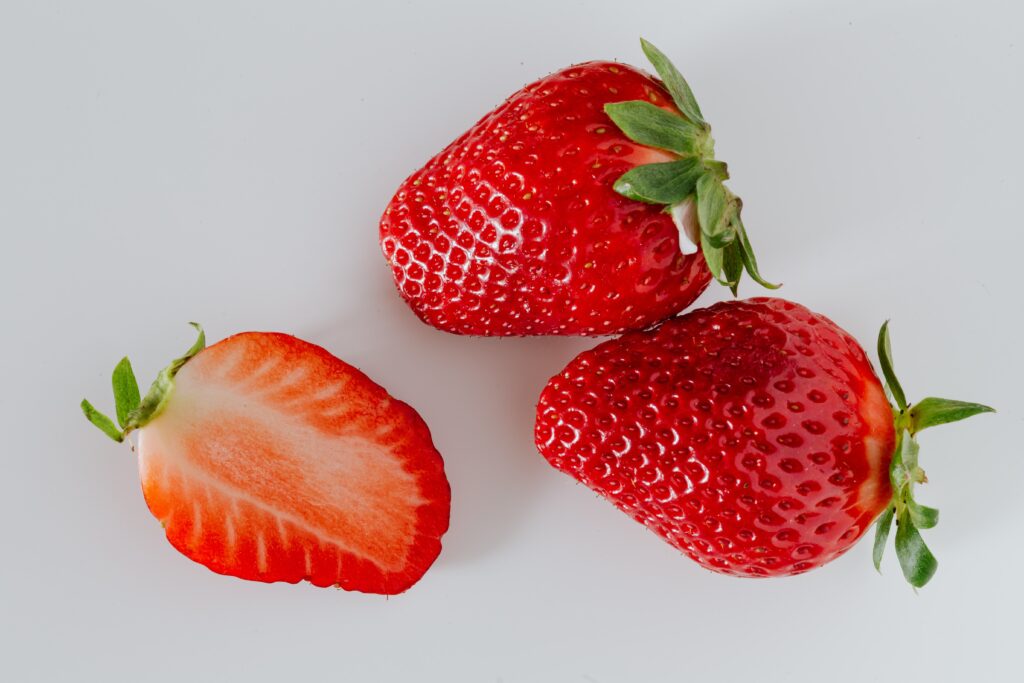Figuring out when guavas are perfectly ripe is a bit of a skill. When you get it right, you’ll be rewarded with a delicious, sweet, and floral taste experience.
If you eat guavas before they’re ripe, they’ll be sour and not very enjoyable. If they’re too ripe, they might be too soft and taste like they’re starting to go bad. Luckily, guavas give several clear hints when they’re just right.
Here are some tips for spotting ripe guavas:
Table of Contents
1. Look at the Skin Color
A ripe guava changes color quite a bit. It goes from green to yellow as it ripens. Some guavas may get pink or red spots when they’re fully ripe.
Pay attention to the skin color on the outside more than the inside. The skin starts to change color before the inside does. If the guava has lots of yellow and maybe some pink or red, it’s usually a good sign that it’s ripe.
But if it’s mostly green, it probably needs more time to ripen. Bright skin colors on a guava mean it’s gotten sweet inside.
2. Give it a Gentle Squeeze
As guavas ripen, the starch inside them turns to sugar and they get a little soft. You don’t want them too soft, though.
Press the guava gently with your thumb. If it’s ripe, it should feel a bit soft but still somewhat firm.
If the guava is very hard, it means it’s not ripe yet. And if it’s too squishy, it’s overripe.
Look for a guava that feels a little soft when you squeeze it but resists a bit. This is usually just right.
3. Smell the Guava
The smell of a guava is a great clue as to whether it’s ripe.
Smell the top of the guava, near the stem. If it’s ripe, the guava will smell sweet and strong, kind of like a pear.
If it’s not ripe yet, it will have a faint, grassy smell. If it’s overripe, it might smell like it’s fermenting.
When you smell a rich, fruity scent, that means the guava is perfectly ripe and ready to enjoy.
4. Look at the Stem Area
Check the area around the guava’s stem. If the skin there looks brown and moldy, it’s probably too ripe.
But if that spot is green or turning yellow, that’s a good sign the guava is fresh and not overripe.
When you press near the stem, it should be firm. If it feels too soft, like a sponge, then the guava is likely overripe.
Try to twist off the stem. If it comes off easily, the guava is ripe. If it won’t come off, the fruit probably needs more time.
5. Feel the Weight
A guava’s weight can also give you a hint about its ripeness. Unripe guavas feel heavy because they’re full of starch. As they ripen, they become lighter.
Overripe guavas could feel heavier again because they have too much moisture. You want a nice middle ground – light enough to indicate it’s sweet, but not too light.
Let your hand tell you. Ripe guavas have a pleasant, not-too-heavy feel when you hold them.
6. Check the Flesh Inside
If you cut open a guava, you can learn a lot about whether it’s ripe.
Try pushing a spoon’s edge slightly into the flesh, just under the skin. If it’s ripe, the flesh will feel a bit soft but still hold its shape.
Ripe guava flesh changes color from white to yellow and then to a pinkish color. This color shift tells you it’s mature.
If the guava flesh feels really hard and crisp when you bite it, it’s not ripe enough. When it’s just perfect, it will be juicy, tender, yet firm enough to cut into slices.
7. Watch Out for Fruit Flies
Fruit flies are attracted to ripe guavas because they give off special scents. More fruit flies mean the guava is probably very ripe or overripe.
If you see fruit flies around a nice, yellow guava with that great smell, the guava is probably at its best. But if there are lots of flies, it might mean the guava is too ripe.
Summary: Choosing the Best Ripe Guava
Use all your senses to decide if a guava is ripe. Smell it, look at its color, feel its weight, test the texture of its flesh, and watch for fruit flies.
Ripe guavas should please your senses with a sweet smell, a colorful skin, a nice light weight, and a tender but firm texture. Let your taste be the final judge, and enjoy the deliciousness of a perfectly ripe guava.


